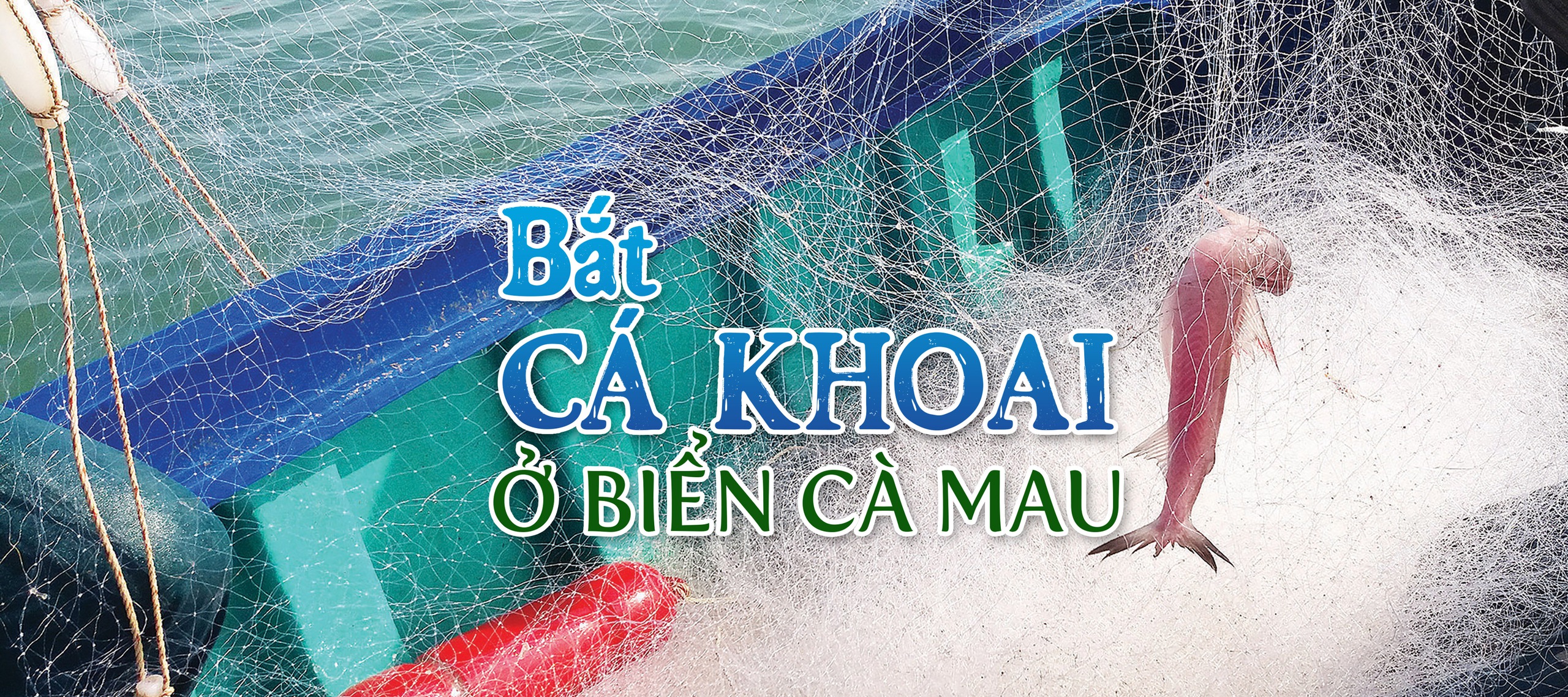
At 4am, Mr. Kim Van Thang (51 years old, Go Cong hamlet, Nguyen Viet Khai commune, Phu Tan district, Ca Mau province) put a flashlight on his head and went to the boat to check the net and tools. The pot of white rice on the stove was just cooked, Mr. Thang's wife lifted the whole pot and put it in the basket with some fried salted fish.
Mr. Thang carried a basket of rice, calling his 20-year-old son who was still sleepy to wake up, reminded him to pour a few more bottles of water and brought them down to the boat. His wife stood at the door, watching the father and son through the flashlight beam until they disappeared behind the trees.
The sound of the engine tore through the quiet night in the hamlet by the sea in Go Cong (Nguyen Viet Khai commune, Phu Tan). The boat glided forward, sometimes rising, sometimes falling with the waves.
The sound of the boat engine was sometimes soft, sometimes loud: a roaring sound when the propeller rose above the water, and a deep sound when the propeller sank. The person sitting on the boat had to hold on tightly with both hands to the side of the boat to avoid being "flown" into the sea. It was pitch black, Mr. Thang looked at the stars to orient himself, occasionally turning his head, the flashlight on his forehead shining on the rare floating pole on the sea to locate himself, then turned off the light, continued to steer, the boat rushed forward.
Mr. Thang's boat reached the fish hatchery off the coast of Go Cong at dawn. Around, dozens of fishing boats and motorboats had gathered in an area of about 5 square kilometers. Some were anchoring in preparation, some were starting to cast their nets.
Mr. Thang's boat is about 5m long, contains about 700 spans of net (size 1,200m), the net is about 4.5m wide, one edge has a lead weight hanging, the other edge has a buoy to stretch the net in the water.
He started the engine and let the boat move slowly so that his son could cast the net to catch the school of anchovies. His son held a buoy with a warning net tied to one end and threw it far away, then gradually untied the net and dropped it back into the sea as the boat moved forward.
After casting the net, the sun began to rise. Mr. Thang turned off the engine, let the net drift, smoked a cigarette, and then "poured" a bowl of rice with water and salted fish. After finishing the meal, the son took a nap, while Mr. Thang sat at the helm, watching the net and looking at the clouds and the sun.
After resting for about two hours, when the sun on the sea began to heat up, Mr. Thang and his father pulled the net. The father held one end of the net, the son held the other end, pulling the net and removing the fish.
In the first net of the day, Mr. Thang and his son caught nearly 20kg of anchovies, which was just enough for one net drop. On days when there were a lot of fish, Mr. Thang will only drop the net once and then return to shore. Each trip out to sea, he will only drop the net twice at most.
The season for silverfish in Ca Mau sea starts after Tet and ends when the rainy season begins (late May of the lunar calendar). During this time, each time the tide comes, silverfish appear in large numbers in an area, and boatmen call it a silverfish stew.
The number of anchovies in the cellar is about 5 days during the mid-month tide (from the 14th to the 17th lunar day) and 4 days during the last tide (from the 29th of the previous month to the 2nd of the following lunar month).
No one can explain why anchovies gather in one area each season. Another strange thing is that each season they only gather on high tide days (called the water level). On the remaining days of the month, the fish "hide" away, so when fishing with nets, the boats can only catch one or two kilos of fish at most.
According to Mr. Nguyen Van Vu, a fisherman who has been fishing for silver pomfret for more than 20 years in Dat Mui commune, Ngoc Hien district, it may be because from January to May is the breeding season, so silver pomfret gather in one place to mate and lay eggs.
The seabed in the area of the anchovy fish hatchery has many coral reefs for the fish to take shelter in. When the season is over, the fish move elsewhere and there are none left. People who catch anchovy fish mainly use large-hole nets (about 4cm or more) so they do not kill the fish. Especially during the fishing season, the anchovy fishing boats protect the fish hatchery themselves and do not allow trawlers or trawlers to fish in the area.
Thanks to this method of both catching and nurturing, the boatmen fishing for silver pomfret in Phu Tan district are "blessed by heaven" every year. Each boat earns several tens of millions each fishing season.
But fishing for sweet potatoes also has many risks. A common accident is that the net gets stuck on coral on the seabed. If you don't remove it in time, the net will tear. Buying a new net once will use up all the savings of the season.
When the weather is stormy and the sea is rough, there are more anchovies, but most of the anchovy fishing boats are small. When they see storms, they have to run to shore to avoid capsizing, losing their nets, and even endangering their lives.
Gourmets like to eat fresh anchovies, and when there are many fish, the stores will dry them. When the fish season is good, the stores buy about 40,000 VND/kg of fresh fish, but when there are few fish, the price increases to about 70,000 to 100,000 VND/kg. Because dried anchovies have a unique taste, many people buy them at prices ranging from 500,000 to 700,000 VND/kg.
To keep the fish fresh, it must be kept at a temperature of 25-28 degrees. Cooking must be done in a special way. Only those who know how to eat it can appreciate its delicious taste.
If the British had not invaded India, they would probably never have known that there was a fish called the Bombay duck.
Anchovies belong to the anchovy family and live in schools, but their schools are not as large as herrings. A school of herrings is so large that books say that if you throw a pole into the school, the pole will still stand still and not fall...
The habit of the late summer to late spring of the following year is that the fish often come close to the shore as if inviting: "Here are the potatoes, please catch them"! Actually, they do not live far from the shore, about 3 - 10 nautical miles, suitable for small boats to catch fish to sell at the afternoon market.
The first time, from the Central region to Saigon, was also the first time in my life, I learned about dried anchovies sold on specialized dried goods carts that could be pedaled through the streets.
Those were the first sketches of a culinary culture called street food that few people noticed. Until Saigon street food became a complete picture, people also forgot about the dry food carts.
At that time, these carts only had chili sauce mixed with black sauce to dip all kinds of things from dried squid, dried anchovies, dried puffer fish (not yet banned - I have to admit this is the best), and dried anchovies.
But there was no dish of dried sweet potatoes with tamarind fish sauce like today.
It was this same brilliant aroma that fascinated the British colonialists in India, which led to the story of Bombay duck. Ironically, Bombay duck has nothing to do with ducks, but is just a misnomer.
The British liked this fish so much that they broke the rules and shipped dried anchovies on ships from Bombay to all over India. Bombay - the capital of Maharashtra state - is a peninsular city like Ben Tre , which has the largest source of anchovies in the country in the Arabian Sea.
Those poetic trains were named according to the transliteration of the Indian word Bombay Dak. Due to a misreading, the fish became "Bombay duck". Westerners know the fish as Bombay duck, although Bombay has been changed to Mumbai since 1995.
The catch of Bombay duck is from 30,000 - 40,000 tons per year [1] . Meanwhile, in Vietnam, it is estimated that the catch of Indian bream is from 3,000 - 5,000 tons per year [2] in coastal provinces. Indian bream must be very fresh to be delicious and must be prepared in a dish.
We know that the moisture content of the fish is second only to edible jellyfish, about 87.5%, so it is very difficult to preserve it for long distances. Mr. Minh, a restaurant owner in Can Gio, said that professionals like him only refrigerate it for a few days. The fish itself can only withstand temperatures of 24-28 degrees Celsius. And the temperature for cold salting the fish is only from 0 to 2 degrees Celsius.
As mentioned above, fresh anchovies can be made into some pretty "delicious" dishes. The best way to cook anchovies is to boil them, but there is a special way to cook anchovies.
Many articles copied each other claiming that the fish in Quang Binh and Thai Binh is the best, but none of them provided any evidence, they just said it. Following that trend, Meta Chat also repeats the content of the article.
I asked for proof, the only thing I could salvage was that it had the flavor of Quang Binh sea. What is the flavor of Quang Binh sea like? It's a mystery!...
I have had the experience of eating anchovy fish many times at Mr. Minh's restaurant in Can Gio; the owner of this restaurant is a real chef – the hotpot with fresh fish was probably his idea. Every time I have the chance to go to Can Gio, my favorites are anchovy fish hotpot, salted mullet, and sam eggs.
Can Gio sea anchovy has sweet meat. Looking at the sea, the fish is fresh. The fish has no small bones, only a backbone, but is soft like cartilage. Yet Indians still cut the fish open and took out all the bones.
Because the fish meat is sweet, in addition to dishes, Indians also dry them, mix them with the spice asafoetida and grind them into seasoning powder. It is no different from the way Hue people use shrimp paste as seasoning powder.
I once ate Hon Ro fish when Nha Trang was still a city of the old Khanh Hoa province. Fresh fish were often pink, the meat was still elastic when pressed, not as strong as the smell of dried fish.
It seems that the fish hotpot at Hon Ro is more delicious, because from the restaurant you can see the sea and boats crowded in the bay. The sea breeze is like a spice that is not always and everywhere available.
The old Saigon was hot all year round, so to have a meal that could eat a lot of vegetables, but fish was not as freely eaten as sitting by the sea, so I thought of a dish of braised sweet potato fish. The fish was marinated normally with spices.
Seasoning powder is not needed ( I would rather use MSG after reading Mr. Vu The Thanh's article ) because the umami of the fish is high, Indians also use it as seasoning powder. Because this fish is not as fatty as striped catfish, oil must be used to lightly fry after the fish has been marinated.
To make vegetables delicious, you need to mix many types and then chop them very finely. Braise the fish until the meat is not too mushy. If you are also braising pork belly, add the meat first. Pour the fish sauce over the vegetables until the vegetables are soggy, then eat it with a piece of fish every now and then.
Many people also voted for braised catfish with pepper, but I think this type of fish should be eaten fresh, braising it slightly is a last resort. Cooking it into porridge is even more wrong.
Dried anchovies at Rach Ong market cost 50,000 VND/100g. Mr. Minh said that fresh anchovies at Can Gio beach range from 150,000 - 180,000 VND/kg, but it is not in season now. Anchovies at Tam Quan, according to AI Google, range from 50,000 - 90,000 VND/kg. The price is higher at the wholesale market.
[1] According to Central Marine Fisheries Research Institute (CMFRI - India)
[2] According to research by Nguyen Thi Huong Giang (2014 - Nha Trang University) and reports from provincial departments.
-----------------------------------------------------------------------------------
Content :
THANH HUYEN - NGU YEN
Design:
UNTOLD
Tuoitre.vn
Source: https://tuoitre.vn/bat-ca-khoai-o-bien-ca-mau-20250705182825595.htm#isreadmore=1



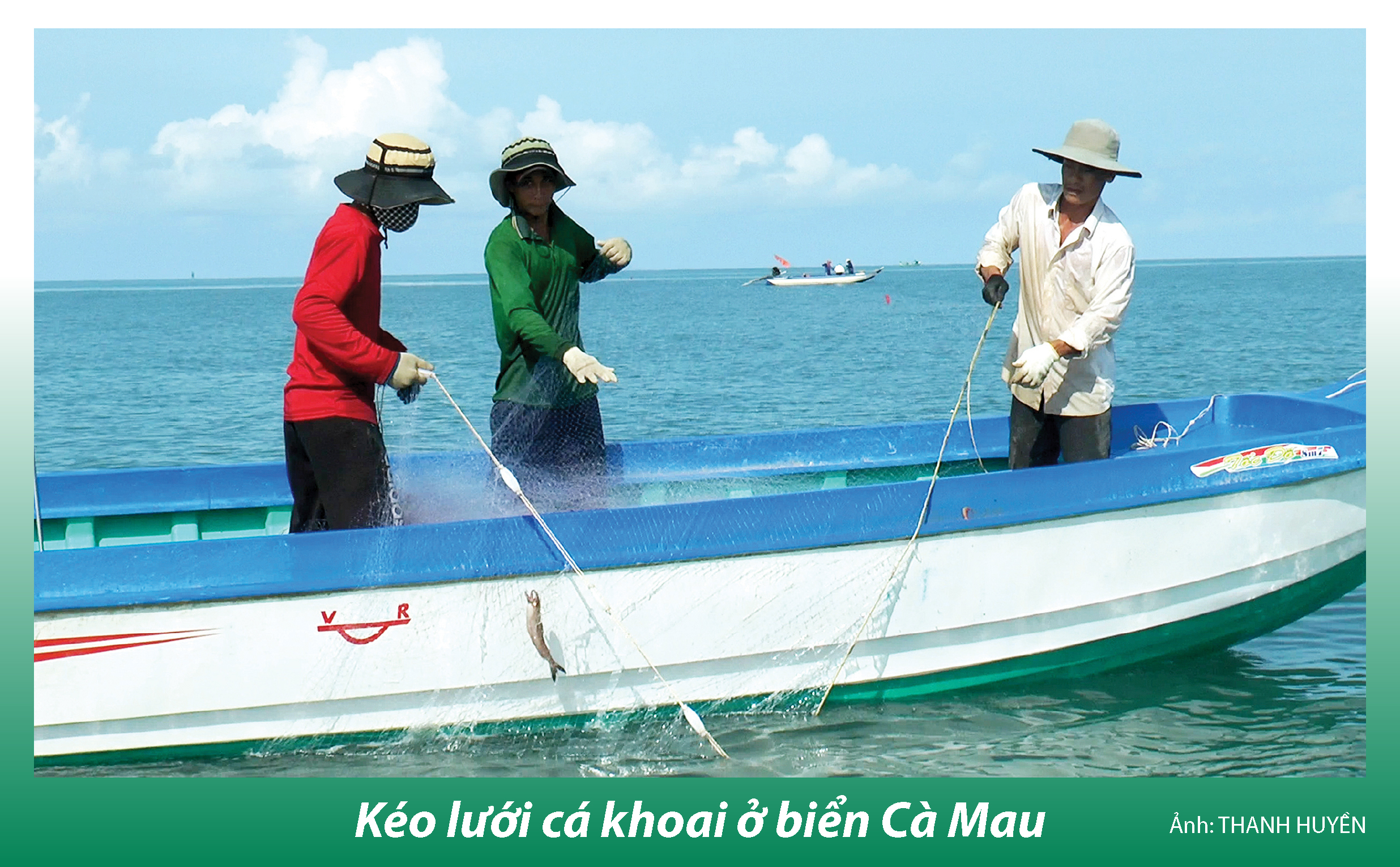
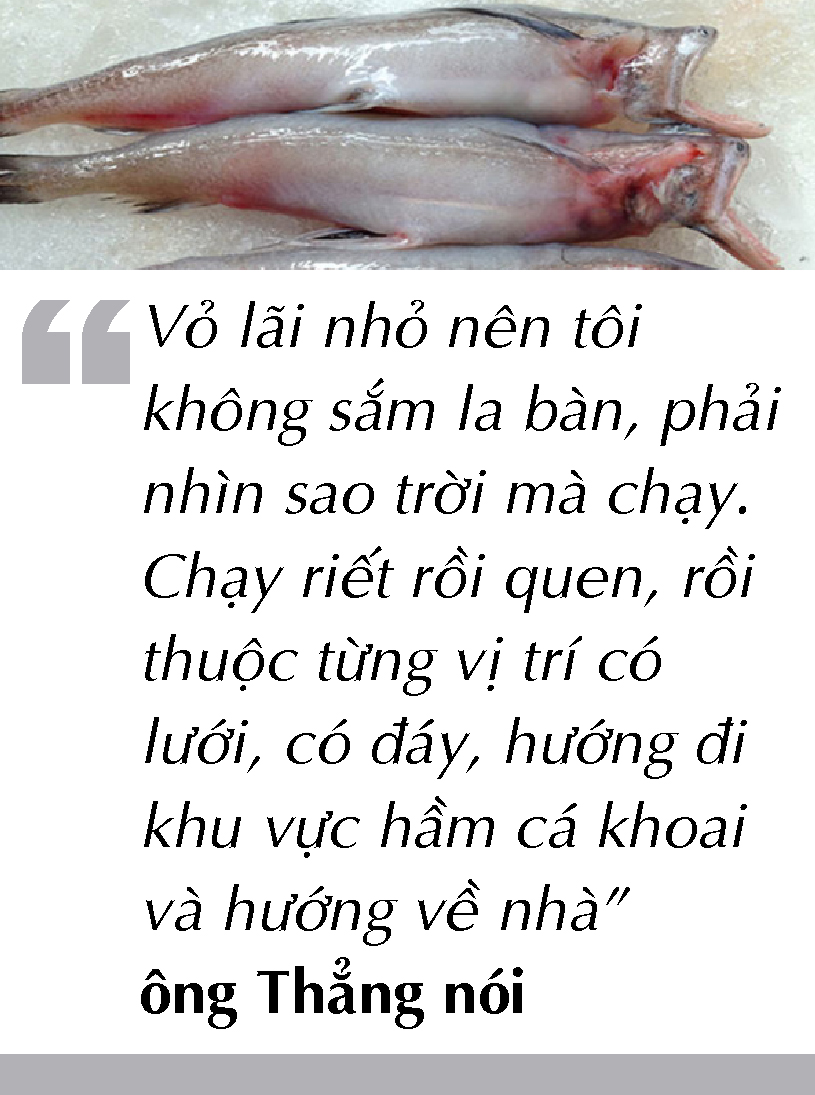
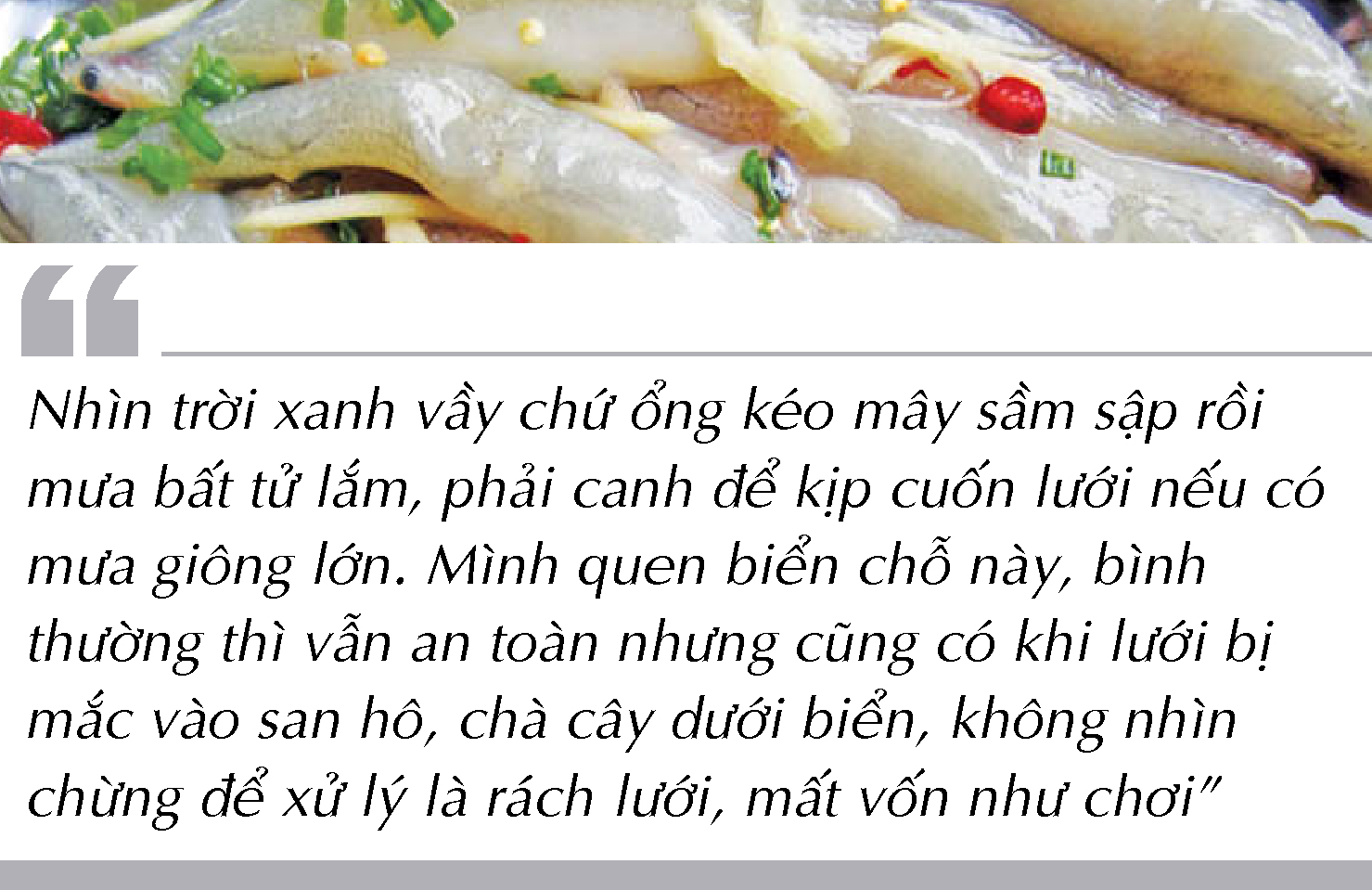
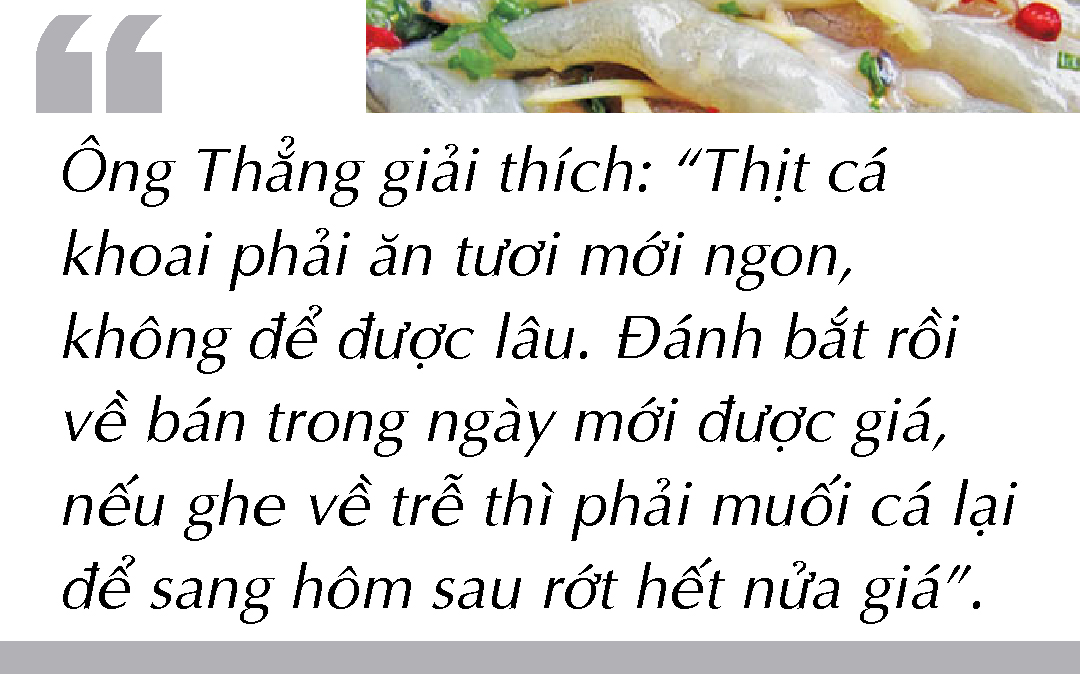

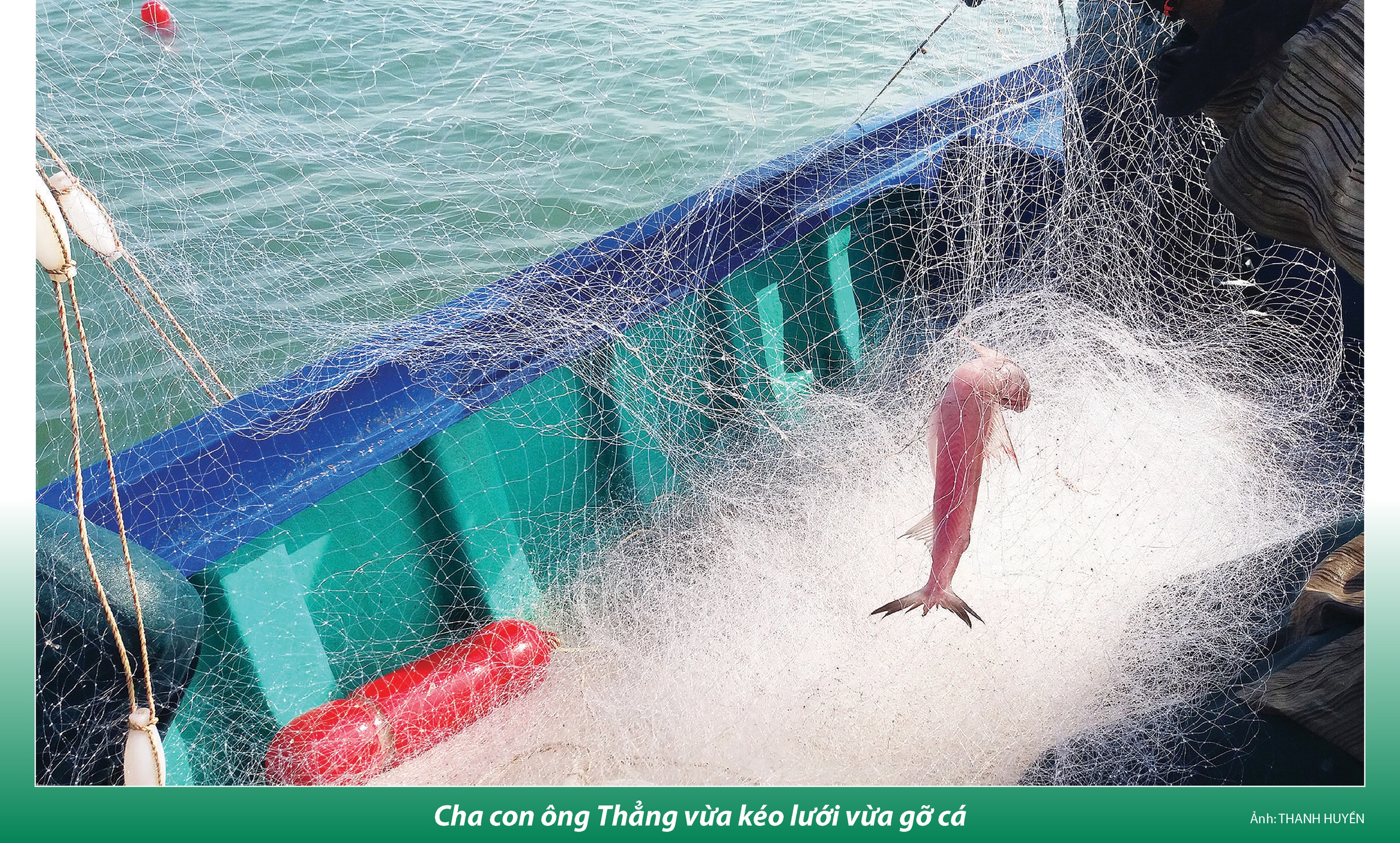
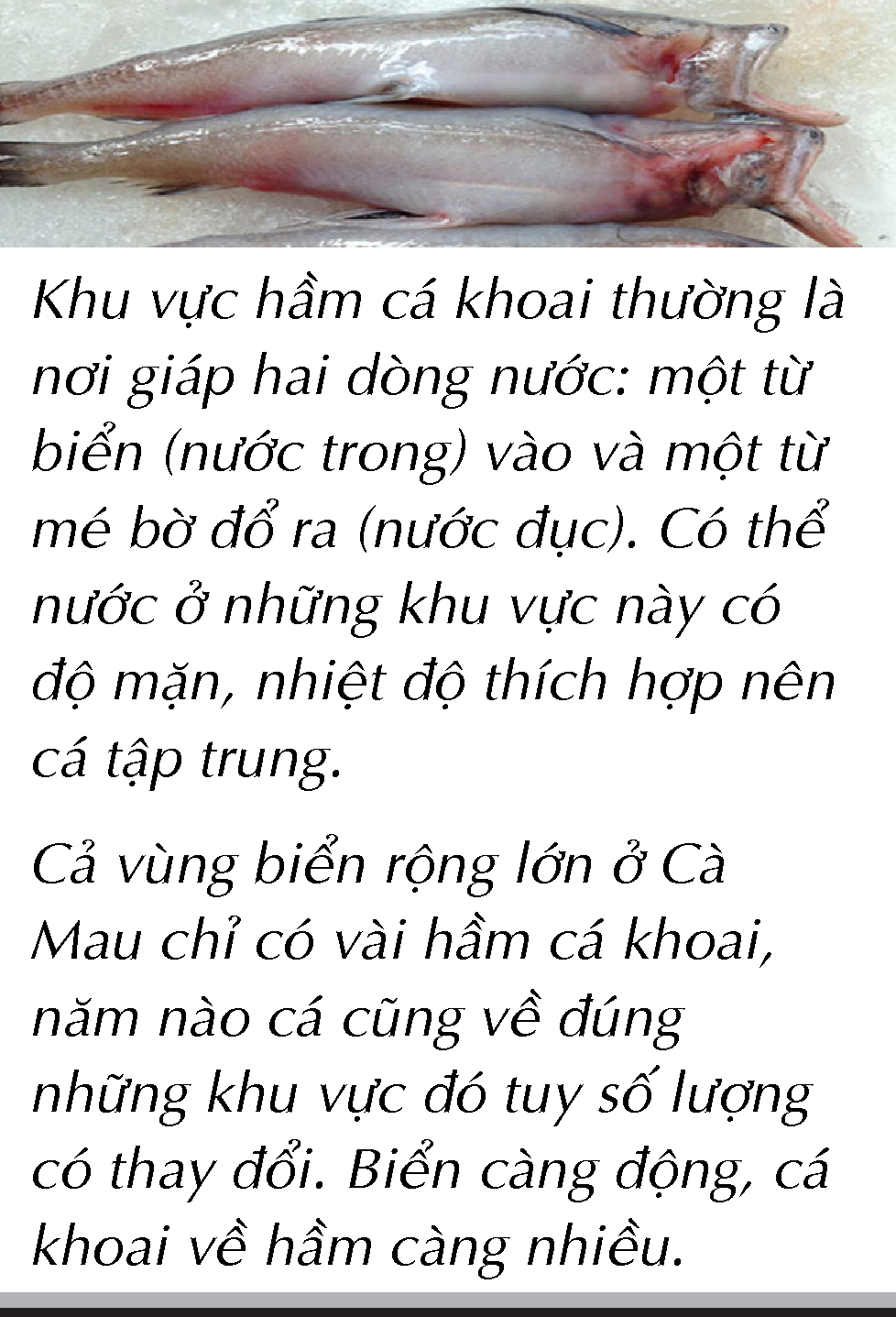
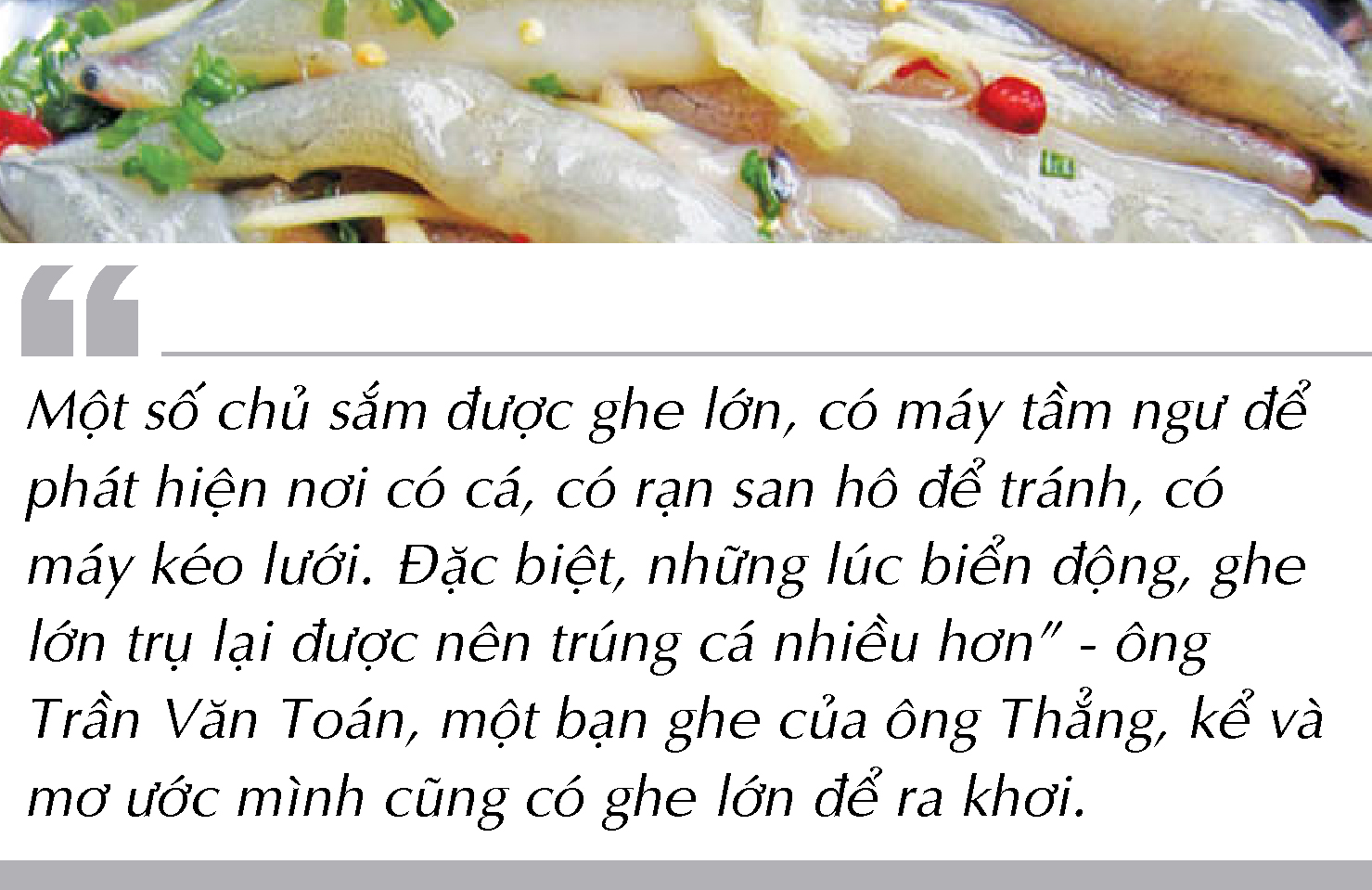
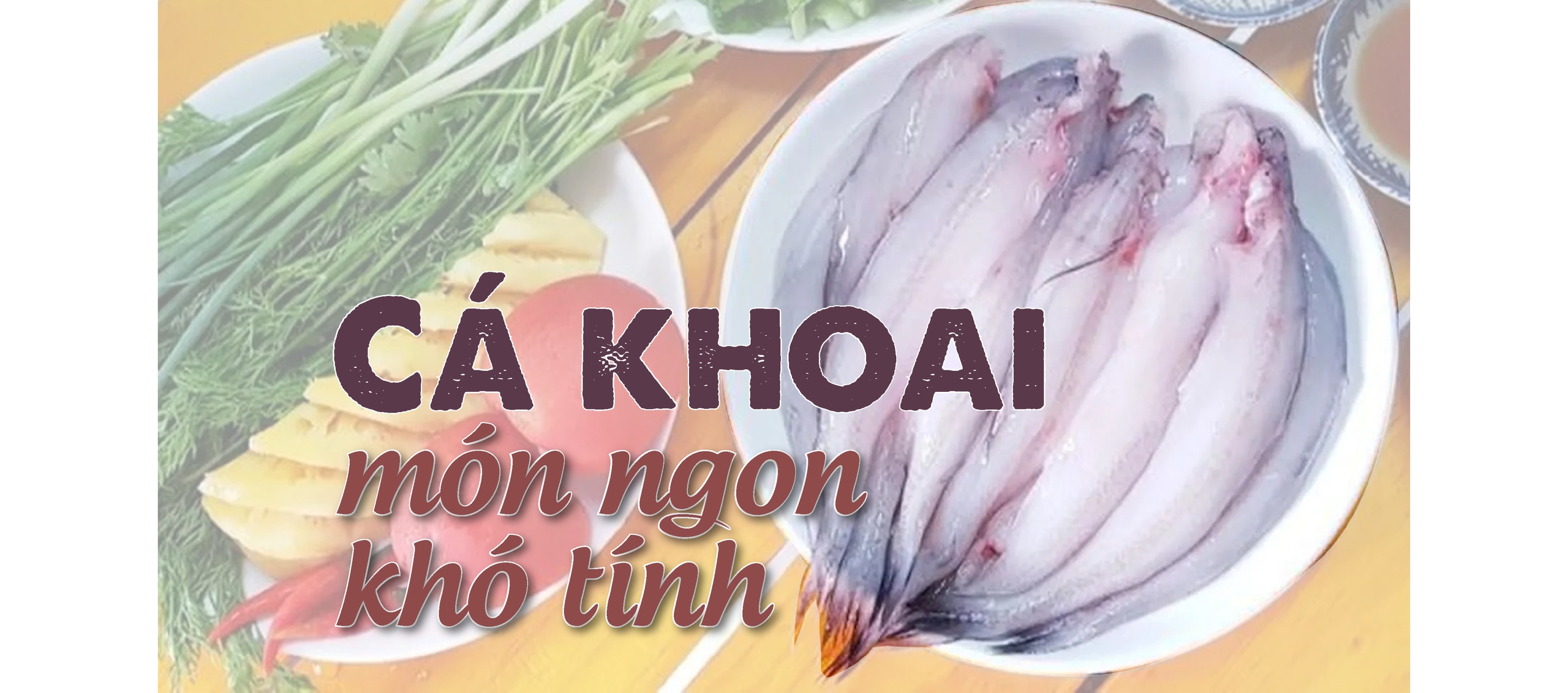

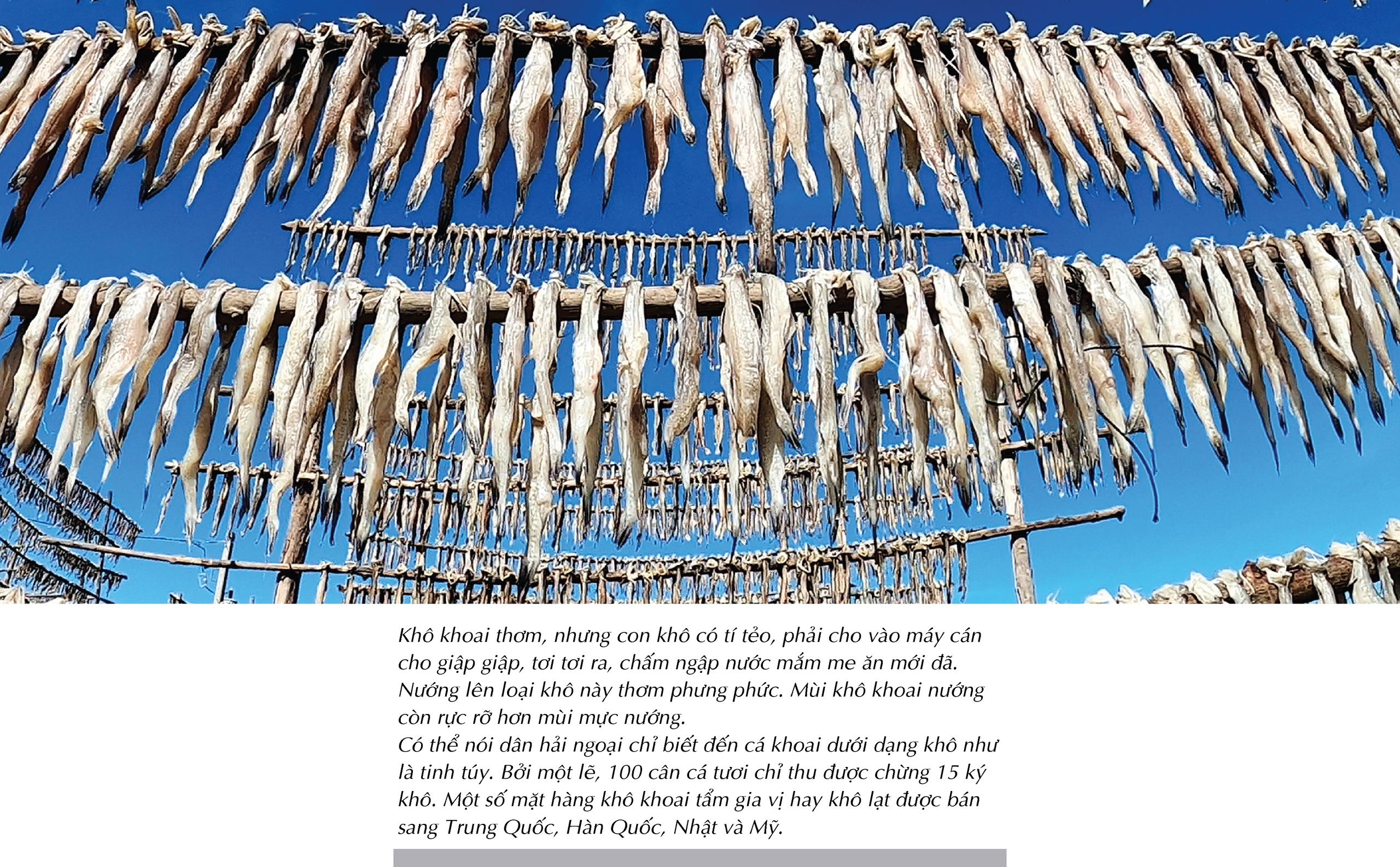
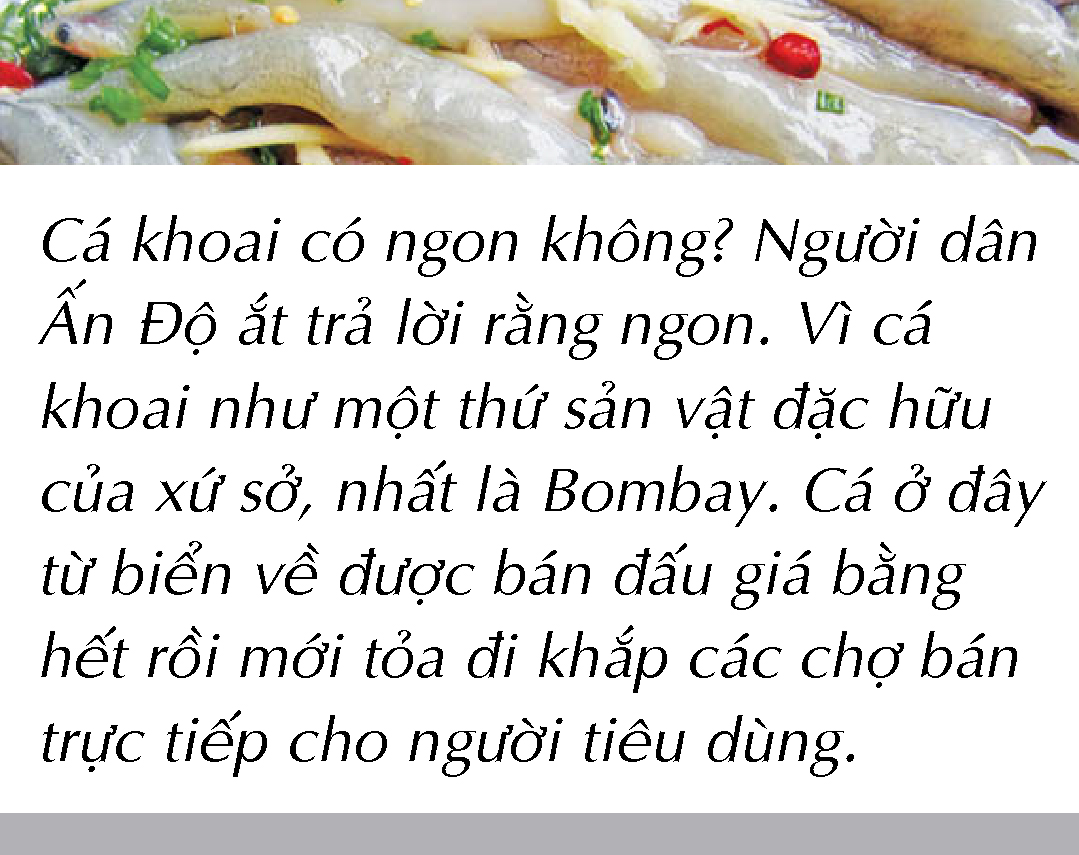
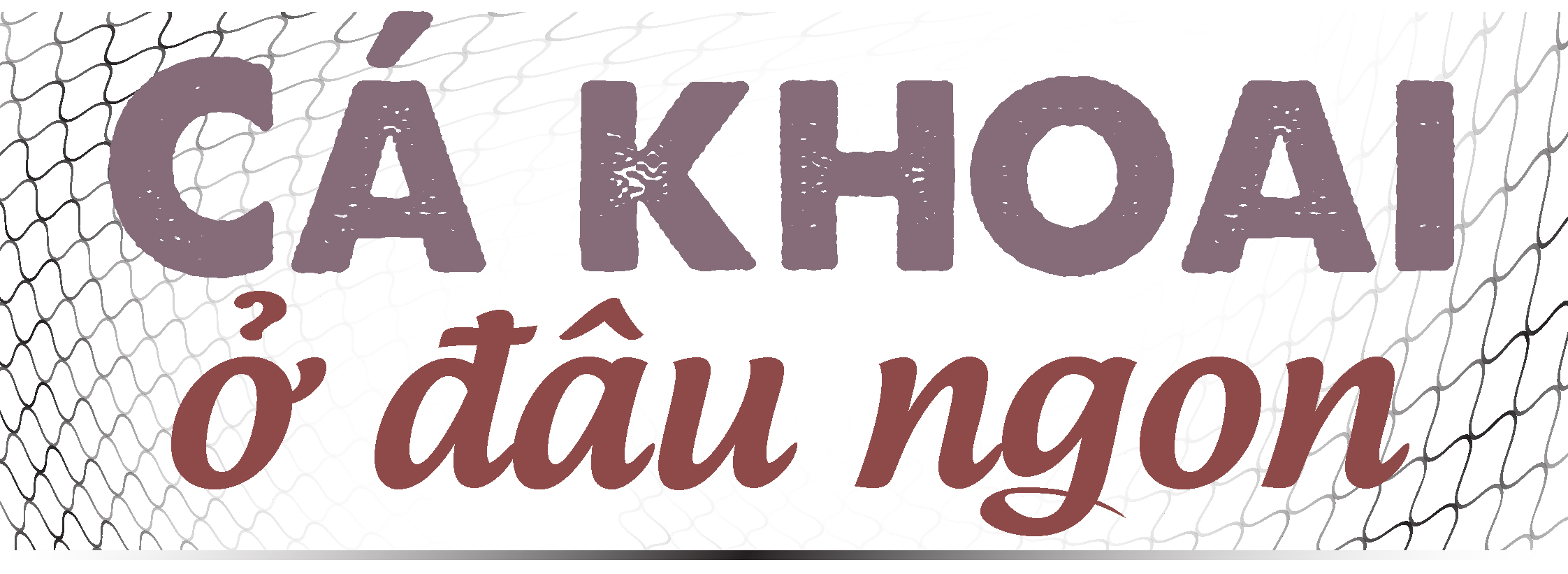


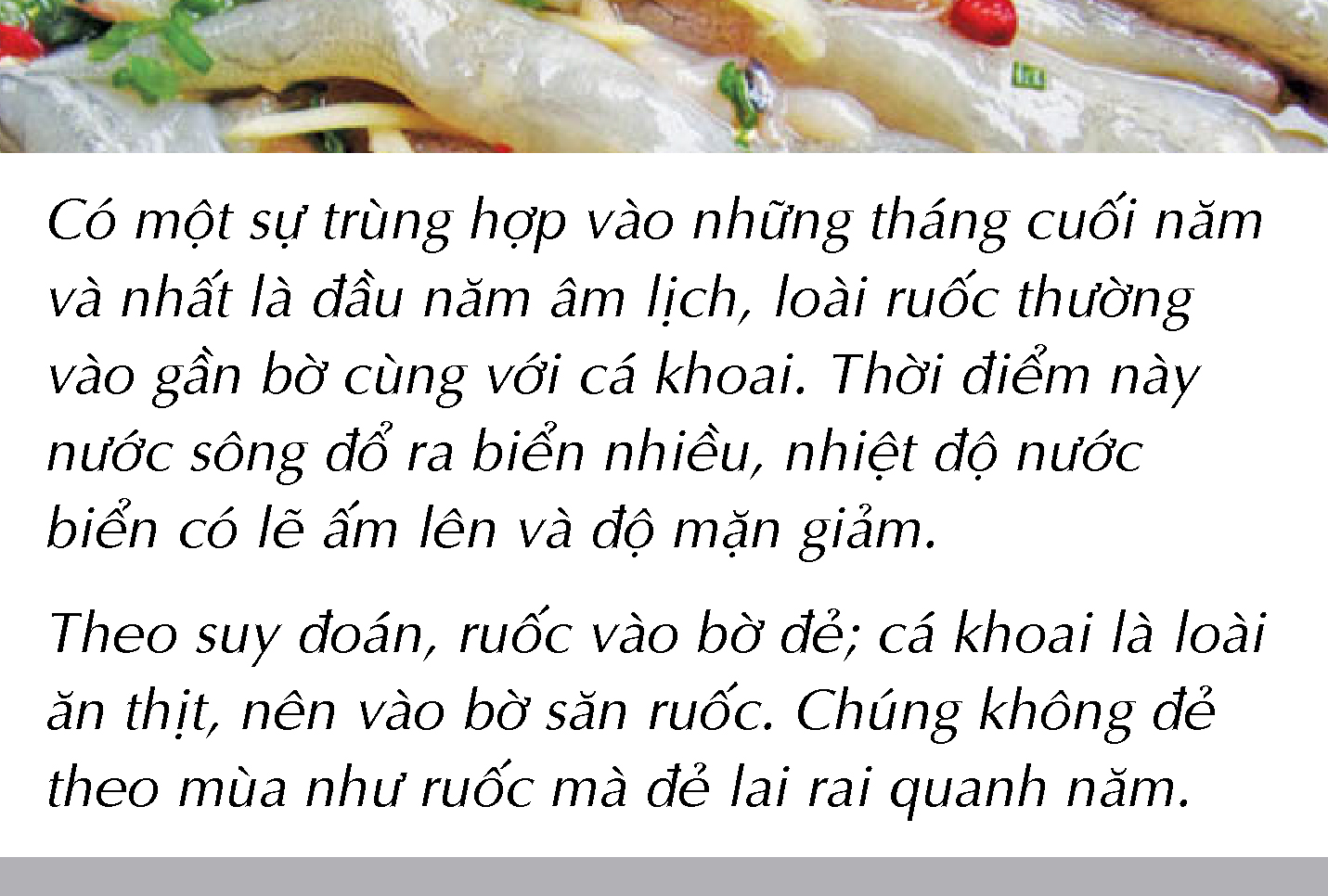








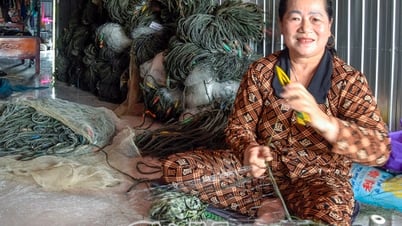

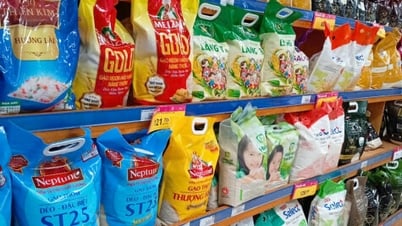

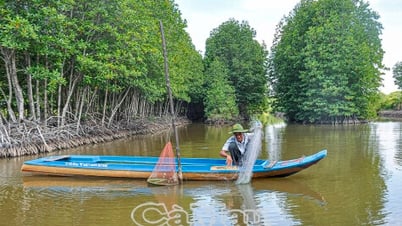





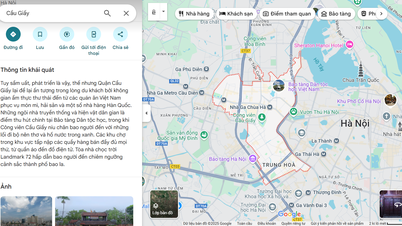
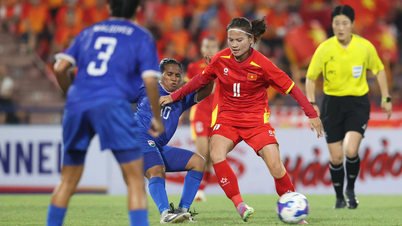











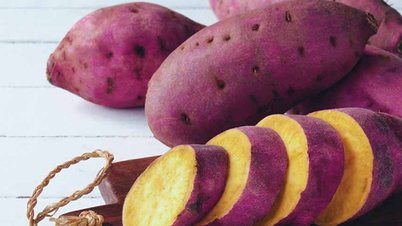







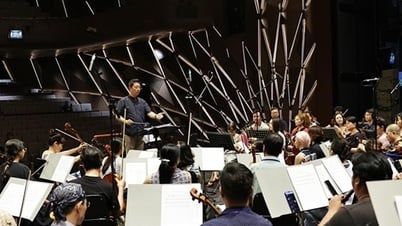



















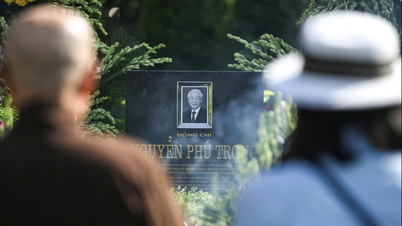
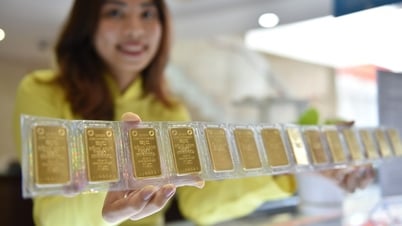

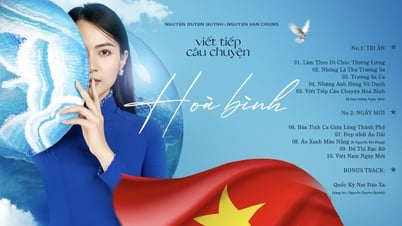

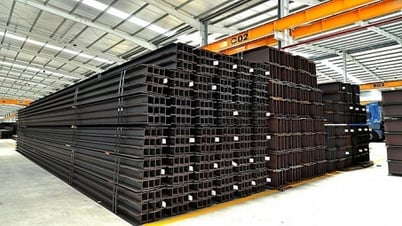







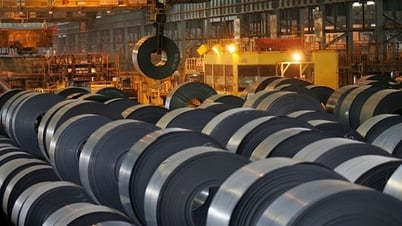


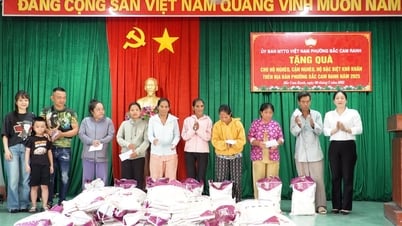



















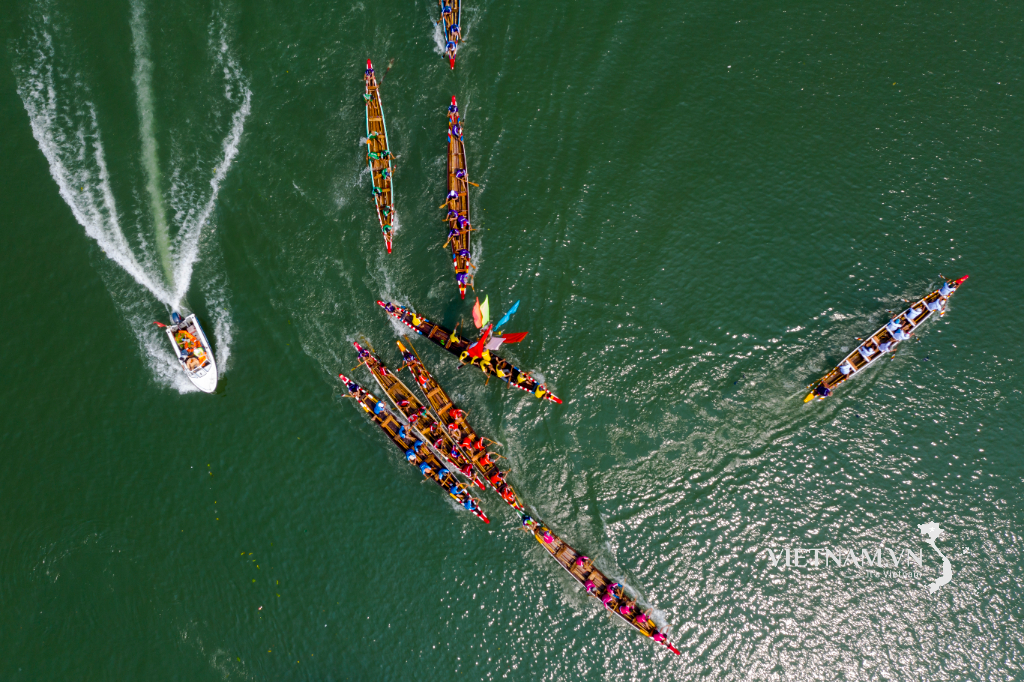


Comment (0)